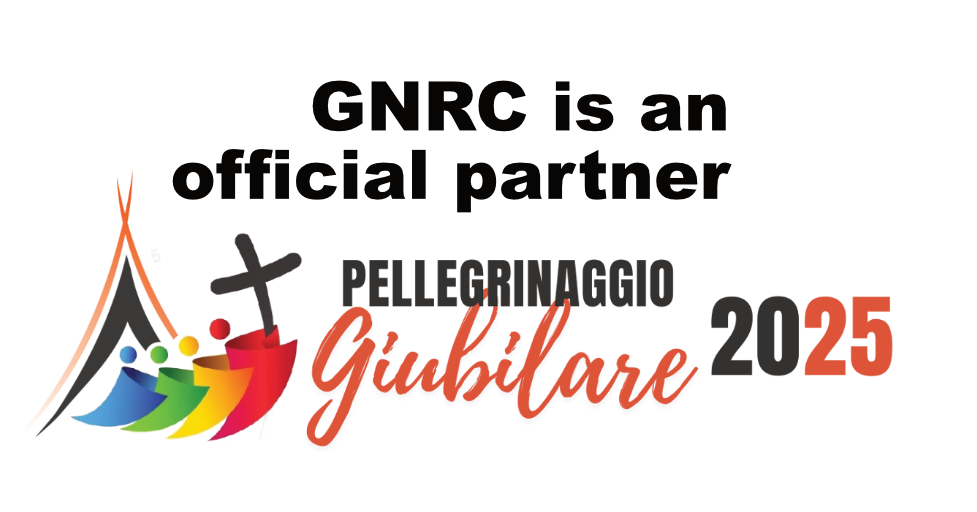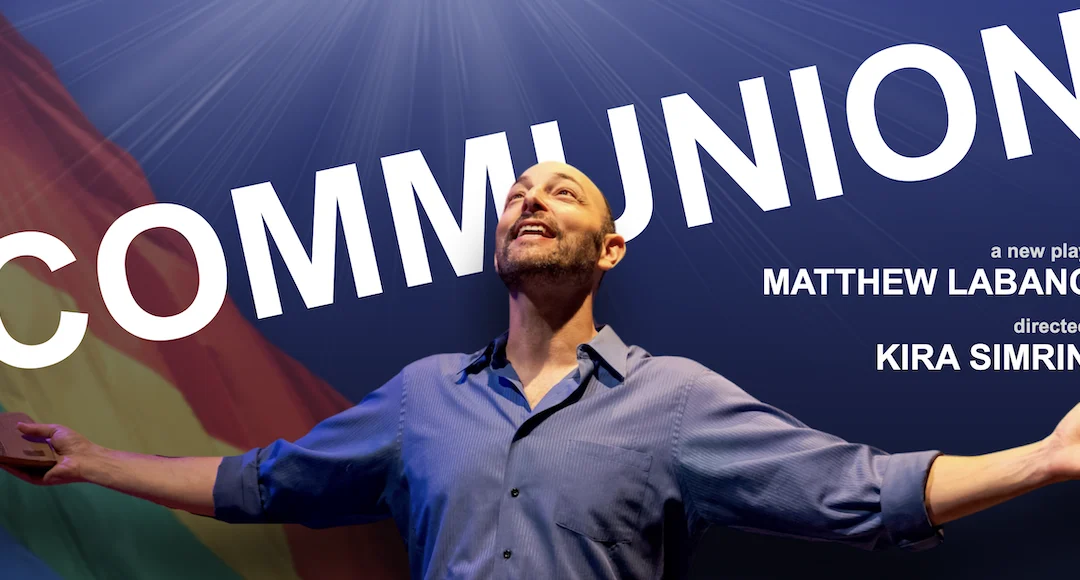Matthew LaBanca stands at the intersection of devotion, creativity and identity. A Broadway-actor turned music teacher in a New York Catholic school, LaBanca’s story became the foundation of his solo play COMMUNION. According to his website, the show is “based on the real life story of Broadway actor and playwright Matthew LaBanca… When a gay Catholic music teacher marries the man he loves, the church fires him—upending his faith and unsettling his entire community.” Matthew LaBanca.com+2callmeadam.com+2
His journey is one of faith tested, identity affirmed, and art as witness. LaBanca did not accept a non-disclosure agreement after his dismissal; in his words:
“My job as an artist is to illuminate and, ultimately, help bring hope and empowerment to those who need it. I think COMMUNION does that.” callmeadam.com
The Story Behind the Show
LaBanca was employed as a music teacher in a Catholic school. After marrying his husband, the school and/or diocese terminated his employment. His story drew attention, sparked reflection on religious values and the place of LGBT + professionals in Christian institutions. StageLync+1
In COMMUNION, LaBanca embodies not only himself but voices those institutional questions: who belongs in the community of faith, what happens when loyalty to self meets loyalty to the church, how exclusion wounds both the individual and the faith community. Matthew LaBanca.com
Themes of the Work & Faith Resonances
The show addresses how an educator, loved by students and colleagues, is dismissed for a marital choice. That dismissal is not just a job-loss: it becomes a crisis of faith, a rupture in the network of welcome. LaBanca turns his personal story into public art without abandoning the faith language of communion, community, ritual. The title COMMUNION itself invokes the Eucharist-image of sharing, belonging, gift. By refusing silence (rejecting the settlement) and opting to create the play, LaBanca models a path of conscience and creativity. As one reflection puts it: “Watching Matthew LaBanca perform COMMUNION was like seeing the story of my life unfold on stage… His vulnerability in approaching the church… resonated deeply.” cssjfed.org
For GNRC’s work of supporting LGBTIQ Catholics and their families, LaBanca’s story offers concrete insight as it shows that faith and LGBTQ identity can be in tension because institutions can fail to hold them in dialogue; it reminds us that pastoral care must include vocational spaces (teachers, ministers) and institutional structures (schools, dioceses), the visible contexts where welcome is lived or withheld; it underscores the power of art as pastoral tool: when someone puts their story into creative form, they enable others to see and reflect, often in ways that direct advocacy cannot.
What role might creativity (storytelling, performance, art) play in extending welcome? In the Gospel, Christ invites the stranger, the outsider, the one dismissed. In his own way LaBanca stands before that invitation: his marriage, his dismissal, his theatre-piece become a form of communion-question: Who do we invite? Who do we exclude?


